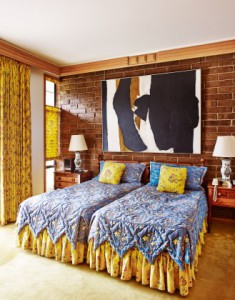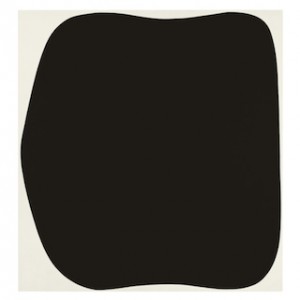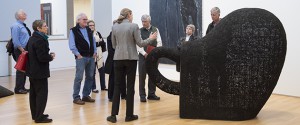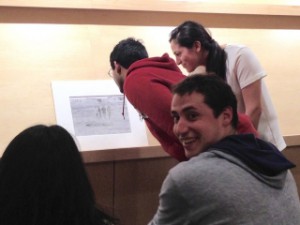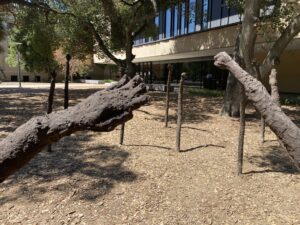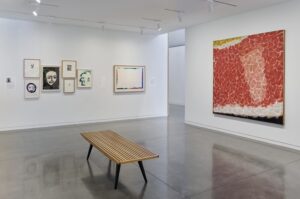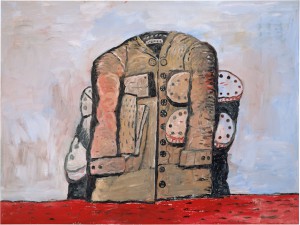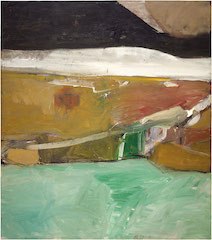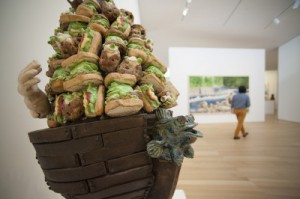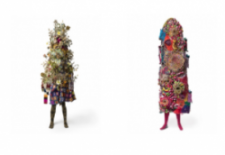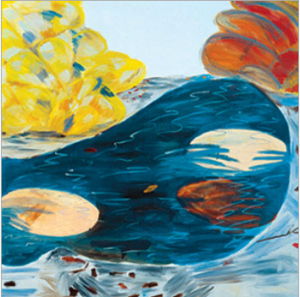Full House
…campus. “They consider themselves custodians of the work they collect,” says Jason Linetzky, the director of the Anderson Collection at Stanford. But, he adds, “they’re very down-to-earth and casual about how they live with the art.” A Renoir was moved from Putter’s room to make way for the Pollock. In the living room, Sam Francis’s 1955 Red in Red has pride of place above the fireplace; over the sofa isNumber 64, a 1958 work by Morris Louis,…


